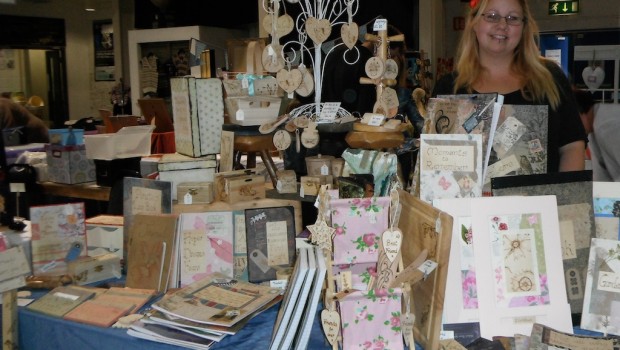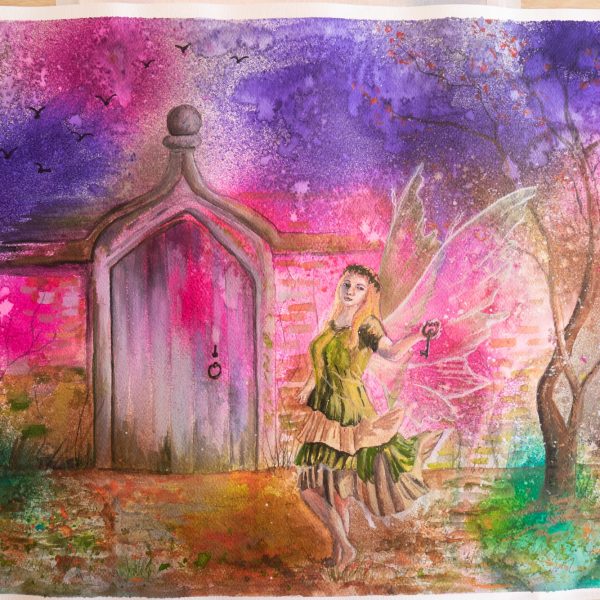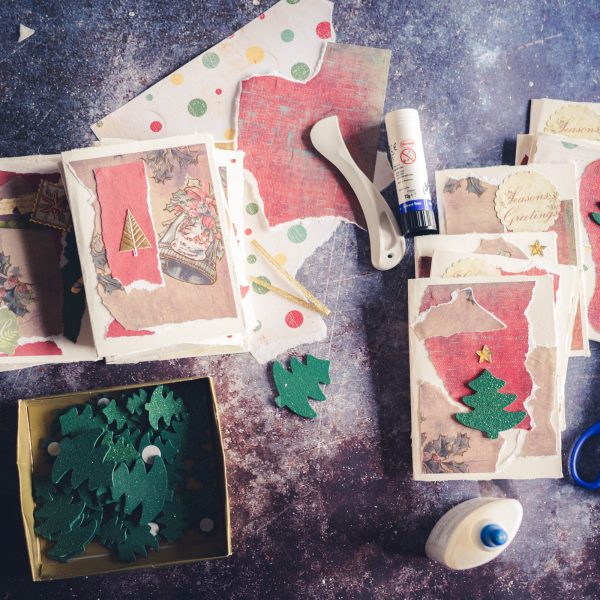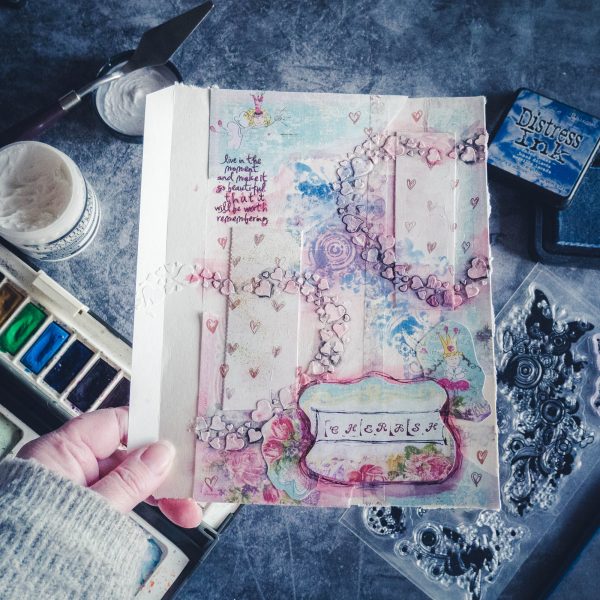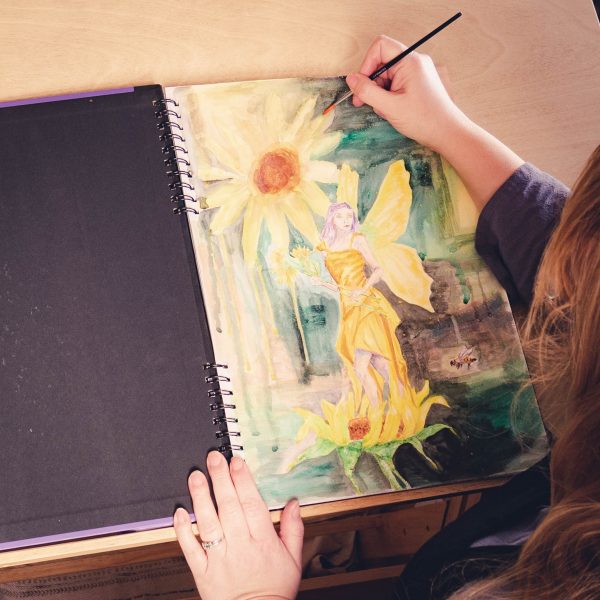I’m by no means an expert, but this year was my fourth doing Christmas craft fairs, and I think I’ve pretty much sussed it as to what you need to take with you. So I hope any other stallholders will find this useful…
1. A large cloth to cover the table and reach the floor at the front and ideally the sides too. (many craft fairs have this as a requirement anyway, but it means you can hide all your bits and pieces without it looking messy.)
2. All your display pieces ie. jewellery stands, shelving, plate stands, book stands, baskets etc so your craft goodies look enticing to buy. Maybe even desk lamps to light up your wares.
3. Price tags. Many people would prefer not to have to ask. Also, I sometimes think I will have time to write them when I get there, but I never do; so preferably write them in advance.
4. Paper bags for your customers to carry your items in.
5. Business cards.
6. Blue tack, masking tape, clips, pegs and drawing pins to organise your display – particularly if you’re outside or near an open door and need to be breeze-proof.
7. Pen and notebook to write down useful contacts you’ll probably make.
8. A tall chair. My table display is pretty tall, and as people like to see me doing my pyrography, I take a fold-up bar stool from Ikea, so people can actually see me; plus it gives me back support. It also takes me to a similar eye-line to people browsing, whilst not having to stand all day; which is much more sociable than on a low chair.
9. Something to do. Hopefully you’ll be busy dealing with customers the whole time, but even the best fairs have quiet points. If you can make what you sell while you’re there, all the better. Even if you don’t sell anything, at least you come home with some items you can sell another time so the day wasn’t wasted. Customers enjoy watching a crafter at work too. I always take some blank signs or pre-drawn items to pyrograph – nothing that requires too much concentration as it is often put down and picked up again whilst talking to people passing.
10. Plenty of change. You wouldn’t believe how many people give me a £20 note for a £2.50 keyring! If you sell lower priced items like me, then I recommend £40. Some people recommend a money belt, but my preference is a pot which I put on a chair next to me, behind the table.
11. Spare stock. Yes, it’s optimistic, but you don’t want be caught out running out of items. If you have it made, and have space in your car boot, then take it with you so if you need more, you can always go to the car to get it.
12. Things to keep you going: a flask of tea / coffee; a bottle of water; pro-plus; ibuprofen (I often find the early mornings give me headaches – not to mention all the chatter of school fairs.); snacks; a packed lunch.
12. A smile! People are more likely to buy from someone who looks friendly and welcoming.
If you have your own tips and ideas, please add them in the comments.

